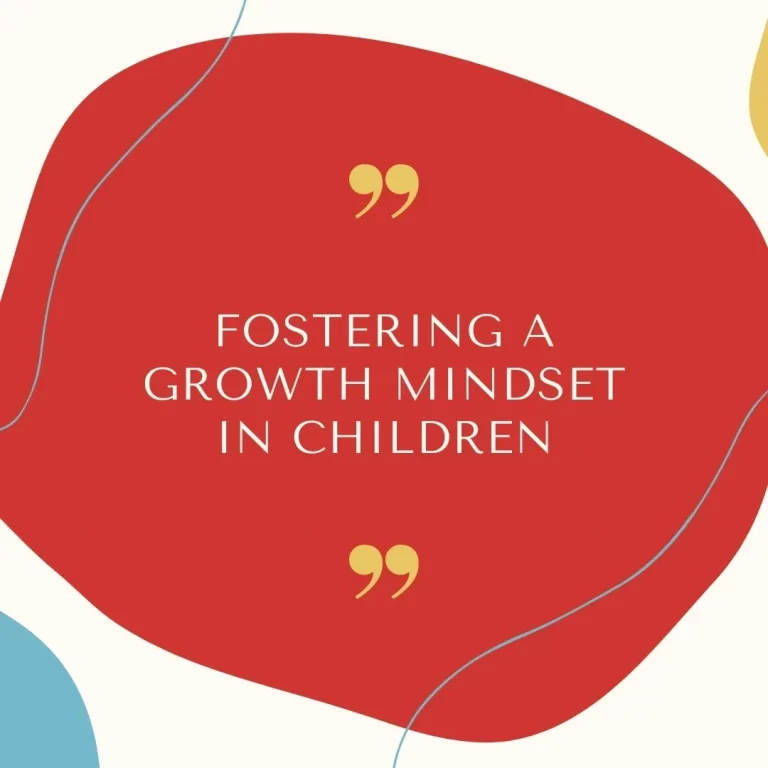In recent years, sensory play has gained significant attention as an essential component of early childhood development. Through hands-on activities that engage the senses—touch, smell, sight, sound, and taste—children are able to explore their environment, develop cognitive skills, and enhance their creativity. But did you know that storybooks like ‘I Don’t Want to Turn 3’ can also play a role in sensory development? This blog explores the rise of sensory play, its benefits, and how a well-crafted children’s book can stimulate multiple senses to promote deeper learning experiences.
What is Sensory Play? Sensory play involves activities that stimulate a child’s senses and contribute to their cognitive, physical, and emotional development. Activities like playing with sand, water, playdough, or finger paints are examples of sensory-rich experiences that encourage children to explore the world through touch, sound, smell, and even taste. Sensory play not only promotes motor skills but also enhances problem-solving abilities, social interaction, and language development.
Why Sensory Play is Crucial for Early Development: Sensory play is more than just fun for kids—it’s a critical part of how they make sense of the world. Here are a few reasons why it’s so important:
● Cognitive Growth: Engaging with different textures, sounds, and visuals helps children process and retain information. Sensory activities can stimulate neural pathways in the brain, aiding in learning and memory retention.
● Fine and Gross Motor Skills: Playing with tactile materials like clay or kinetic sand helps develop fine motor skills, while larger movements like jumping into a sensory pit or splashing water enhance gross motor skills.
● Emotional Regulation: Sensory play often has a calming effect on children, helping them regulate their emotions and focus their energy.
● Language Development: As children interact with different objects during sensory play, they are more likely to expand their vocabulary by describing what they see, hear, and feel.
How Storybooks Like ‘I Don’t Want to Turn 3’ Can Enhance Sensory Learning: While sensory play often focuses on physical activities, storybooks like ‘I Don’t Want to Turn 3’ can play a surprising role in sensory development. Here’s how:
1. Visual Stimulation: The vibrant illustrations in ‘I Don’t Want to Turn 3’ captivate children’s attention, offering opportunities for visual learning. As children look at the colorful pages, they begin to associate pictures with words, boosting their comprehension and imagination.
2. Tactile Interaction: You can bring the story to life with tactile play. For instance, while reading the book, children can engage in activities like drawing or coloring scenes from the story. Creating clay figures of the characters or using plush toys to act out scenes can also introduce an interactive, hands-on element to storytime.
3. Emotional Understanding: The themes in ‘I Don’t Want to Turn 3’—such as growing up and dealing with change—resonate with many children. Discussing these emotions during and after reading allows children to explore and express their own feelings. This emotional engagement is a form of sensory play, as children use language, expression, and even body movement to process their emotions.
4. Multisensory Reading Sessions: You can combine sensory play and reading by integrating additional elements during storytime. For example, creating a “sensory box” inspired by the book’s themes could involve different textures, like a soft blanket for comfort or a rough surface to mimic adventure. These props help children make connections between what they’re hearing in the story and what they’re feeling.
5. Sound and Rhythm: Reading aloud provides auditory stimulation. The rhythm, tone, and pace of the reader’s voice contribute to children’s ability to follow the narrative. Using sound effects or musical elements related to scenes in ‘I Don’t Want to Turn 3’ can further engage a child’s auditory senses, creating a multisensory learning environment.
Creating a Sensory-Rich Storytime Environment: To maximize the sensory benefits of storybooks like ‘I Don’t Want to Turn 3’, consider setting up a reading nook with sensory elements:
● Texture-filled Area: Include soft rugs, pillows, or stuffed animals to provide a cozy and tactile-rich environment.
● Interactive Props: Keep materials like coloring books, playdough, or building blocks nearby so kids can interact with the story by recreating elements from the book.
● Multisensory Enhancements: Add background music, nature sounds, or other audio elements that align with the book’s theme to enhance the auditory experience.
Conclusion: Sensory play is a powerful tool in early childhood development, helping children grow emotionally, cognitively, and socially. While traditional sensory activities involve physical interaction, storybooks like ‘I Don’t Want to Turn 3’ can also contribute significantly to sensory learning. By offering emotional engagement, visual stimulation, and opportunities for hands-on interaction, books like this one can serve as an important foundation for creating sensory-rich experiences at home.
Want to introduce sensory learning to your child through storytelling? Start with ‘I Don’t Want to Turn 3’! Visit www.idontwanttoturn3.com to get your copy today and discover how this delightful book can enhance your child’s emotional and sensory development.











